Everything you need to know about specifications and performance - Kia Carnival 2010 - 2.7 V6 16V (189 Hp) Automatic
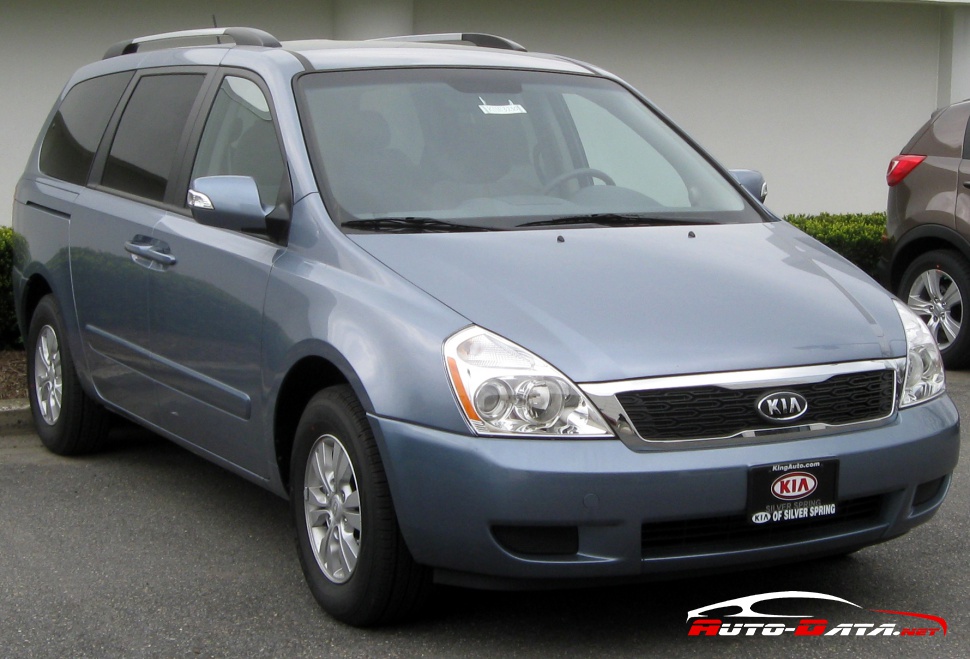
Overview:
What is the engine capacity of a Kia Carnival 2010?
The engine capacity of the Kia Carnival 2010 is 2656.
Kia Carnival 2010 How many horsepower?
The engine power of the Kia Carnival 2010 is 189 Hp @ 6000 rpm..
What is the Kia Carnival 2010 engine?
Kia Carnival 2010 engine is Mu / G6EA. (Click to see other cars using the same engine)
How much gasoline does a Kia Carnival 2010 consume?
The Kia Carnival 2010 consumes 9 liters of gasoline per 100 km
General:
Engine:
Performance:
Space:
dimensions:
Powertrain, Suspension and Brakes:
See also
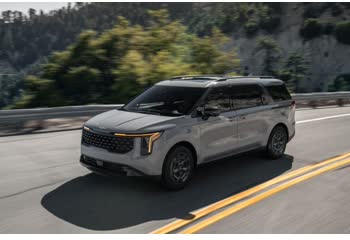
Last generation.
Its production began in 2024 until Now
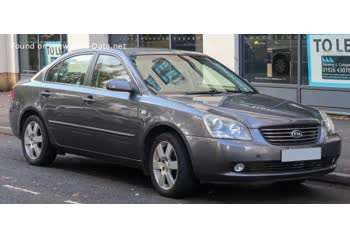
Same engine. (Mu / G6EA).
Its production began in 2005 until 2008
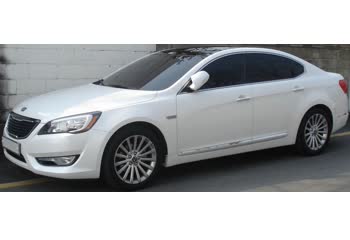
Same engine. (Mu / G6EA).
Its production began in 2009 until 2013
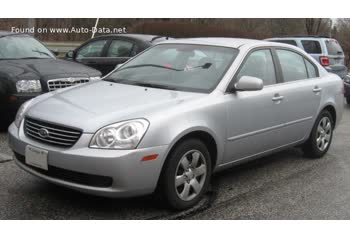
Same engine. (Mu / G6EA).
Its production began in 2005 until 2008

Same production year and almost the same engine capacity.
Its production began in 2010 until 2011
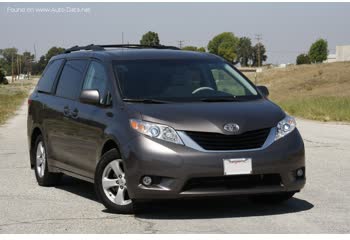
Same production year and almost the same engine capacity.
Its production began in 2010 until 2017

Write a comment